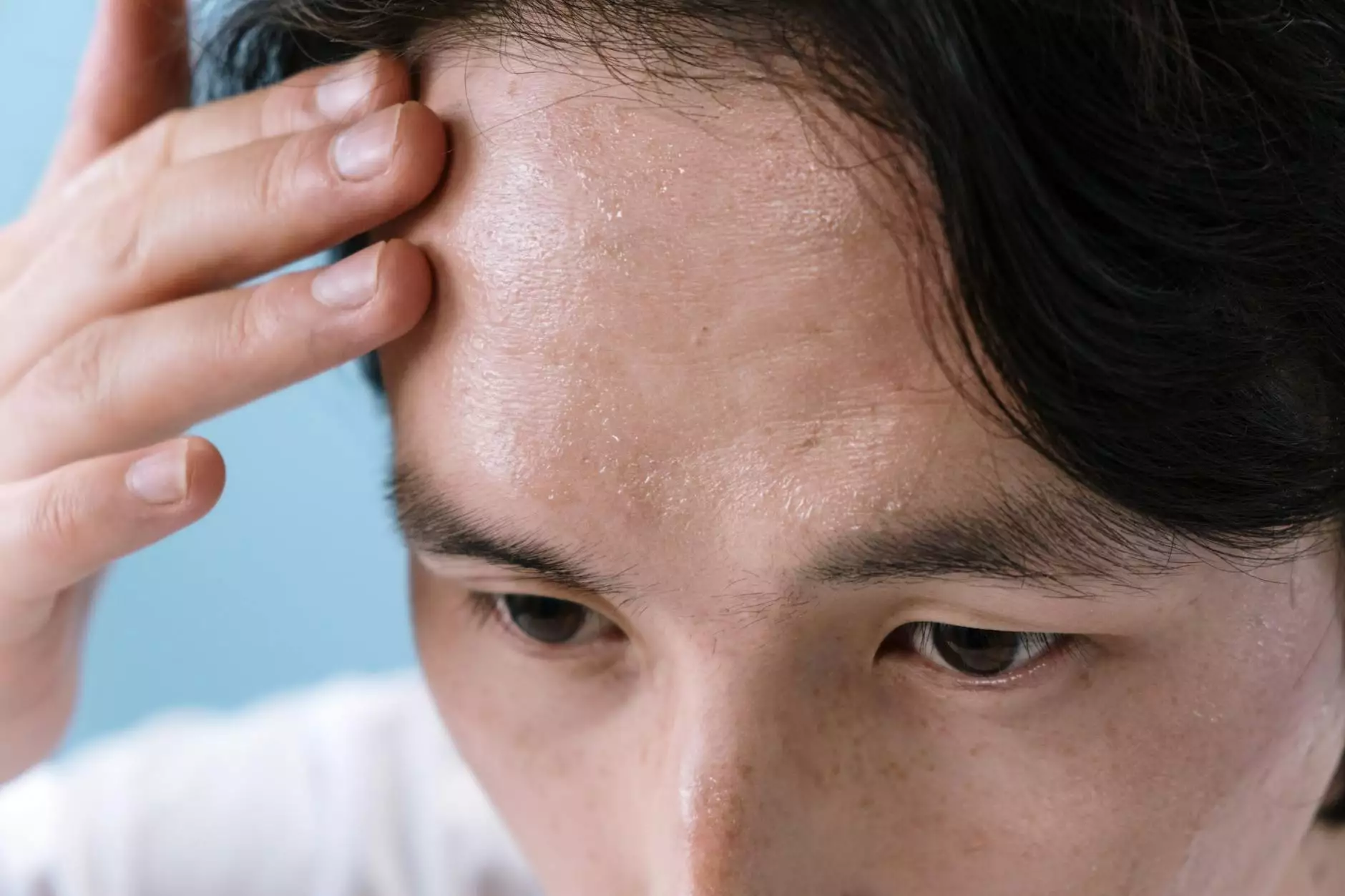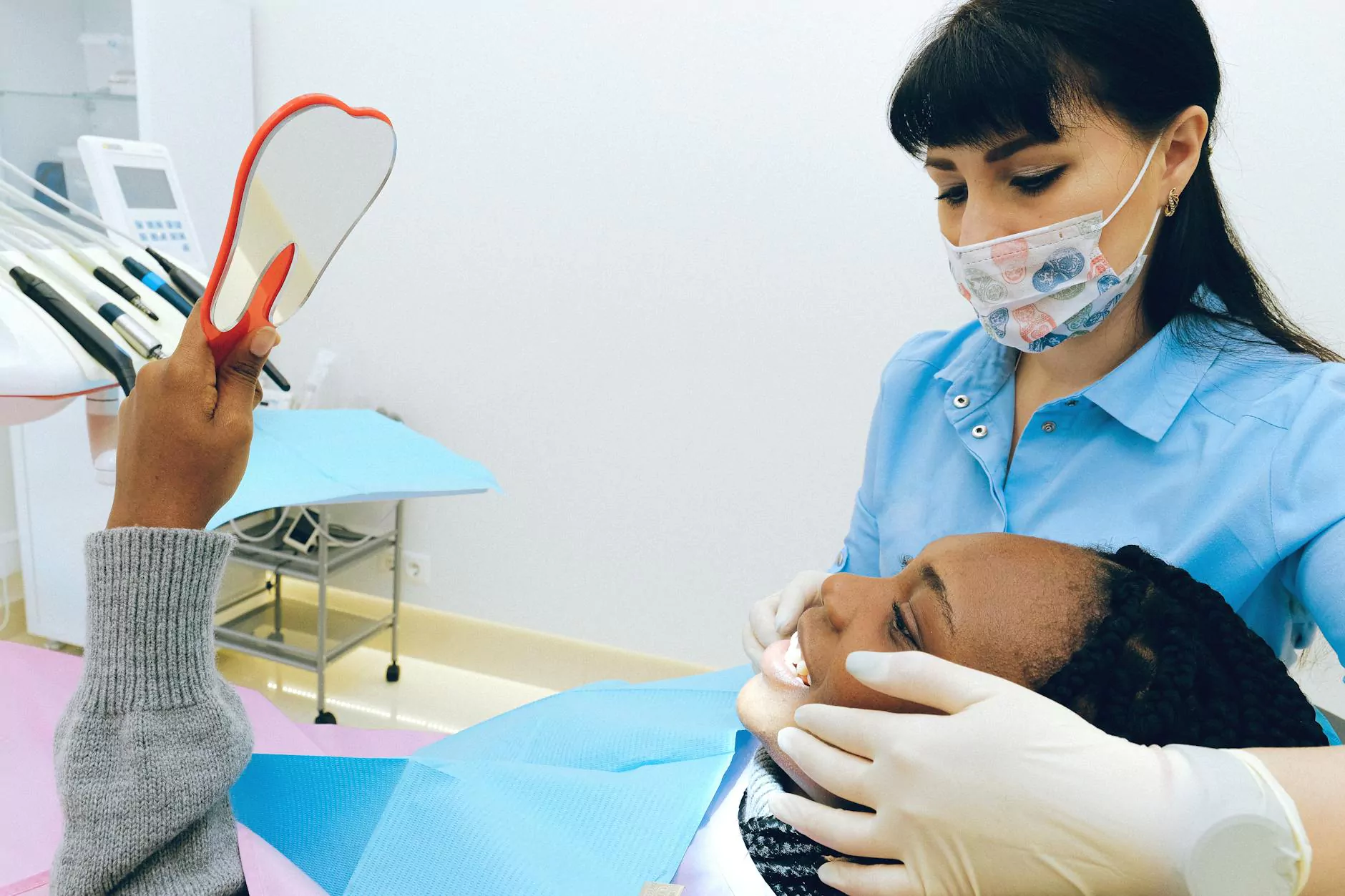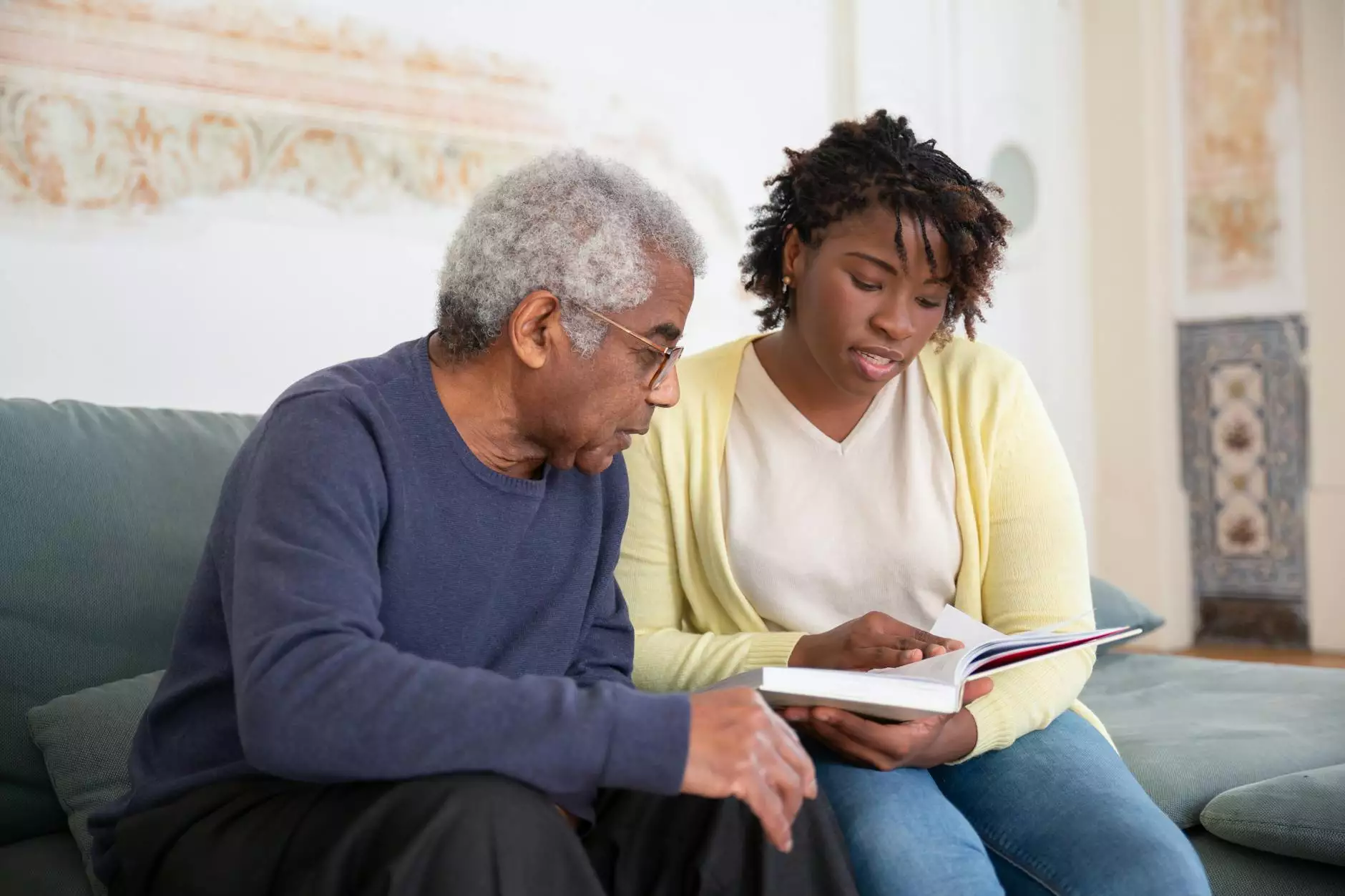Robotic Assisted Locomotor Training

Introduction
Welcome to the Robotic Assisted Locomotor Training page hosted by Foley James D MD, a trusted name in the field of health. In this comprehensive guide, we explore the benefits, principles, and applications of Robotic Assisted Locomotor Training (lokomat) as an advanced therapy for enhancing mobility and rehabilitation.
Understanding Robotic Assisted Locomotor Training
Robotic Assisted Locomotor Training, popularly known as lokomat, is an innovative therapy technique that combines robotics and body weight support to enhance locomotor function in individuals with mobility impairments. This groundbreaking technology offers tremendous potential for individuals recovering from neurological disorders, spinal cord injuries, or stroke.
The Benefits of Robotic Assisted Locomotor Training
Robotic Assisted Locomotor Training offers numerous benefits for patients, aiding in their recovery and improving overall quality of life.
1. Enhanced Gait Rehabilitation
By providing repetitive, targeted, and consistent gait training, the lokomat system helps patients regain their walking ability. The robotic exoskeleton provides a supportive framework, allowing patients to learn and reinforce correct walking patterns to improve gait and balance.
2. Improved Neuroplasticity
Neuroplasticity refers to the brain's ability to reorganize and form new neural connections. Robotic Assisted Locomotor Training promotes neuroplasticity by stimulating specific neural pathways associated with locomotion. This therapy encourages the brain to adapt, facilitating functional recovery and improving motor control.
3. Reduced Dependence on Assistive Devices
With regular sessions and personalized training programs, individuals undergoing lokomat therapy experience reduced dependence on assistive devices, such as canes, walkers, or wheelchairs. Through strengthening and retraining, patients are empowered to regain independence and resume their daily activities with greater ease.
4. Enhanced Social Participation
Robotic Assisted Locomotor Training not only focuses on physical recovery but also emphasizes social interaction and community reintegration. By improving mobility, this therapy enables individuals to engage in social activities, enhancing their overall well-being and quality of life.
Principles of Robotic Assisted Locomotor Training
To ensure effective outcomes, Robotic Assisted Locomotor Training follows key principles:
1. Task-Specific Training
Targeted exercises aimed at restoring specific locomotor functions are tailored to each patient's abilities and goals. The lokomat system allows for precise adjustments, ensuring optimal training for individual needs.
2. Continuous Feedback
The real-time feedback provided by the lokomat system helps patients understand and correct their walking patterns. This feedback loop promotes motor learning and encourages patients to actively engage in the rehabilitation process.
3. Customized Treatment Plans
Each patient's rehabilitation journey is unique, and personalized treatment plans play a crucial role in optimizing outcomes. Experienced healthcare professionals, like Foley James D MD, develop tailored programs based on the patient's condition, goals, and progress.
Applications of Robotic Assisted Locomotor Training
Robotic Assisted Locomotor Training has a wide range of applications across different health conditions. Some notable applications include:
1. Stroke Rehabilitation
Lokomat therapy has shown promising results in helping stroke survivors regain mobility, improve balance, and enhance motor function. The repetitive training sessions aid in rewiring the damaged neural pathways and promoting neuroplasticity.
2. Spinal Cord Injury
For individuals with spinal cord injuries, Robotic Assisted Locomotor Training offers the potential to regain voluntary control and improve overall walking ability. The combination of robotics and body weight support adds stability and aids in relearning motor skills.
3. Neurological Disorders
Patients with neurological disorders such as multiple sclerosis, Parkinson's disease, or cerebral palsy can benefit from lokomat therapy. It helps improve muscle strength, coordination, and balance, enabling individuals to lead more active lives.
4. Brain Injury
Individuals recovering from traumatic brain injuries can benefit from Robotic Assisted Locomotor Training to regain motor control, enhance walking patterns, and improve overall mobility. This therapy assists in cognitive recovery and functional restoration.
Conclusion
Robotic Assisted Locomotor Training, offered by Foley James D MD, is a revolution in rehabilitation, offering hope and improved outcomes for individuals with mobility impairments. By leveraging advanced technology and evidence-based approaches, this innovative therapy unlocks the potential for functional recovery, increased independence, and enhanced quality of life.
References:
- Smith, A. B., et al. (2020). Robotic gait training (lokomat) for improving walking after stroke. Cochrane Database of Systematic Reviews.
- Marchal-Crespo, L., & Reinkensmeyer, D. J. (2009). Review of control strategies for robotic movement training after neurologic injury. Journal of NeuroEngineering and Rehabilitation.
- Hornby, T. G., et al. (2005). Enhanced gait-related improvements after therapist- versus robotic-assisted locomotor training in subjects with chronic stroke: a randomized controlled study. Stroke.










